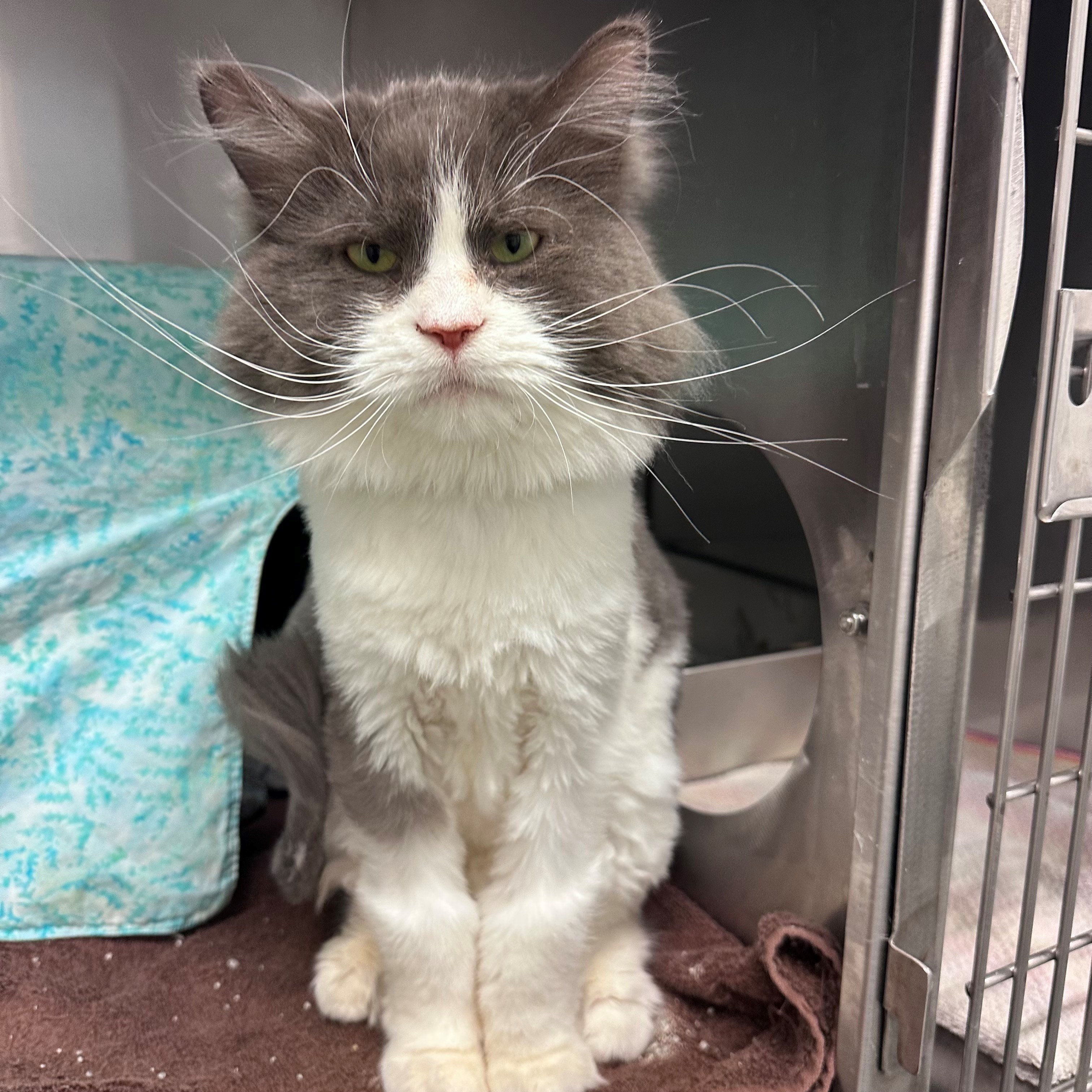“How do you do it? How do you work at a place like that?”
It’s the question we get the most and if you haven’t spent any time working in, or volunteering with, an animal shelter it’s understandable.
The single biggest misconception people have is that it’s all doom and gloom. It’s not.
Most of our population is comprised of stray dogs and cats who have somehow escaped the comforts of home and have come into our care temporarily until they can be reunited with their family.
Young couples and families arrive panic-stricken and desperate to find their pet. When they see that Fluffy or Fido are well fed, healthy, and safely tucked into a kennel, the reunion is beautiful to witness. The wagging tails, the purrs and the palpable relief from owners never fails to bring a smile or even a tear to our staff. Few things make us happier than seeing a pet safely returned home. Last year, of the 233 dogs that entered our building as strays, 93 were returned to their family. For cats, we returned 41 of 515; a far lower percentage than stray dogs but still twice as good as the provincial average for cats.
For the remaining animals that go unclaimed, we continue their care, spay them or neuter them, microchip them and review their overall health before we adopt them out to forever homes. If we’re full – which happens more often than not – or if the animal needs closer monitoring, we’ll send them to foster volunteers. Carlie Couture, our Foster Coordinator notes that the transformation from kennel to foster home is often dramatic. Cats that are almost feral and can’t be handled at all in our kennels become the cuddliest pets you can imagine after a short time in a home with a foster.
A small number of cats that can’t be socialized here or in foster, go to our barn buddies program and a few of the dogs who are healthy but need prolonged behaviour rehabilitation are transferred to experienced rescue partners. These success stories evoke a different type of happiness because we know, if we hadn’t found an extraordinary partner willing to work harder and longer, the outcome could have been grim. Instead, these animals are living the life best suited to them.
The most common step is adoption. Those truly are the happiest moments we experience in the cycle of care at the KHS. Whether they’ve been with us a few days, a few months, or more than a year, the animals always leave an imprint on us. When we match a home searching for animal companionship to a furry friend aching to find its family, nothing can compare. Our reaction often includes tears, but they are happy tears. We’re thrilled each and every time we make a connection and more thrilled when we receive happy tales from adopters about the positive, life-affirming change that having a pet has made in their lives.
Less than 5% of all the animals we take into care are humanely euthanized as a result of either critical health issues or dangerously aggressive behaviour. Those situations are inherently sad but we closely guard and revere the privilege of providing end-of-life care to animals that may never have experienced love or compassion.
In our work with provincial animal welfare investigators we definitely see some alarming instances of abuse and neglect. Thankfully that doesn’t happen as often as people think and when it does, we are confident that we can provide the care and treatment needed to help those animals recover, heal and learn to trust again. That confidence makes the worst of what we witness easier to handle because we know our success rate is high and our staff is the best at what they do.
So how do we do it? We focus on the positive outcomes, we remind ourselves of our successes and when we’re faced with the worst, we give them our best.
After all, doesn’t every animal deserve that?
Hot Off The Collar Blog
How do you do it?
Hot Off the Collar | Volume 44


FOR INSPIRATIONS, NEWS, EVENTS AND MUCH MORE
